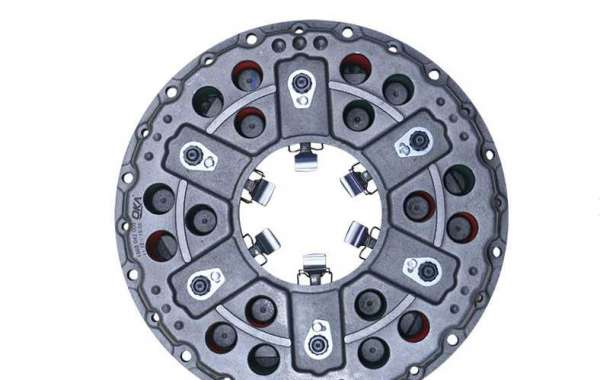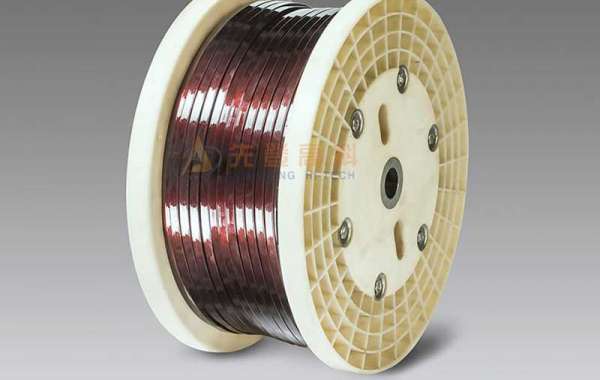There are two types of valve regulated sealed lead-acid batteries: one is the valve regulated sealed lead-acid battery with an ultra-fine glass fibre diaphragm (AGM) and the other is the valve regulated sealed lead-acid battery with a colloidal electrolyte (GFL) (abbreviated as GFL-valve regulated sealed lead-acid battery). They both use the cathode absorption principle to enable the battery to be sealed. Therefore, there must be a diaphragm void of around 10% in the diaphragm of the AGM-valve regulated sealed lead-acid battery. For the GFL-valve regulated sealed lead-acid battery, the skeleton has to shrink further after the infused silica sol becomes a gel and the viscosity of the silica sol should be controlled at around 10 mPa.s so that the gel appears as a crack running between the positive and negative electrode plates. The gap or fissure is a channel for the oxygen precipitated from the positive plate to reach the negative electrode. In the production of AGM-valve regulated sealed lead-acid batteries, too much electrolyte filling is not conducive to the recombination of oxygen at the cathode, too little electrolyte filling will cause the internal resistance of the AGM-valve regulated sealed lead-acid battery to increase; and in the production of GFL-valve regulated sealed lead-acid batteries, if the viscosity of the silicone solution is too high, i.e. the amount of silicon solution added is too large, it will cause the cracks in the gel to be too large and increase the internal resistance of the GFL-valve regulated sealed lead-acid battery, and vice versa. On the contrary, it is not conducive to the recombination of oxygen at the cathode. Therefore, valve regulated sealed lead-acid batteries have very strict requirements for the production process. What does thermal runaway of a valve regulated sealed lead-acid battery mean?
Search
Categories








